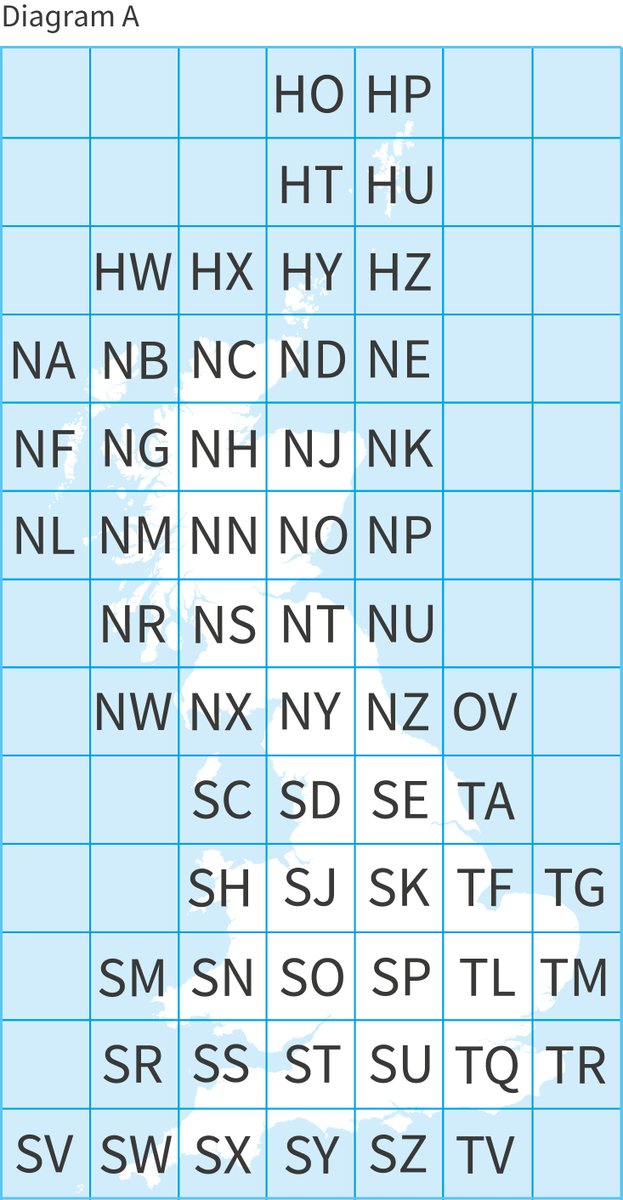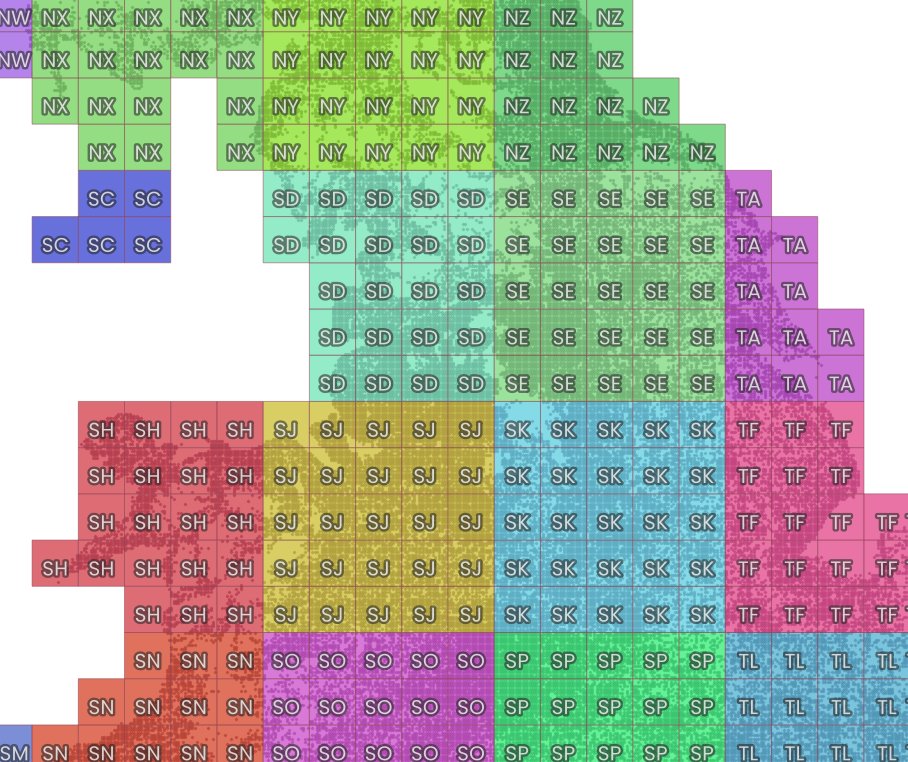
Here's the final version of the global population density graphic I made, because another one that is circulating was less well defined, and someone cropped NZ off it 

and, should you have a burning question like 'how can I make one of these?' or 'where do I get the data?' then see my blog for all the answers
statsmapsnpix.com/2020/11/how-to…
statsmapsnpix.com/2020/11/how-to…
I can't keep up with the notifications but here's a few replies
- how to? See ☝️
- add land! Original ones had land, spikes-only was an experiment
- I want one! See pinned tweet
- Data look wrong - see GHSL data page
- It's kind of a mix of science and art? Yes, that is the aim
- how to? See ☝️
- add land! Original ones had land, spikes-only was an experiment
- I want one! See pinned tweet
- Data look wrong - see GHSL data page
- It's kind of a mix of science and art? Yes, that is the aim
and a bit of context, because we all like context:
this was the original thread about it in April, in which I did a couple of these kind of graphics, and then got carried away with myself
this was the original thread about it in April, in which I did a couple of these kind of graphics, and then got carried away with myself
https://twitter.com/undertheraedar/status/1255605330647625728?s=20
and, one more thing - because I admit I wasn't as up to date with some of the stats as I should have been
- the population of Africa is now 1.3 billion, in 54 countries
(that's the very latest population estimate)
- the population of Africa is now 1.3 billion, in 54 countries
(that's the very latest population estimate)
more nerd notes
- the data come in Mollweide or WGS84 ghsl.jrc.ec.europa.eu/download.php
- image is tilted at -55 degrees, i.e. it's leaning back at 55 degrees
- software is Aerialod, by the amazing @ephtracy (see my blog in bio for how-to)
- render time was about 5 hours
- the data come in Mollweide or WGS84 ghsl.jrc.ec.europa.eu/download.php
- image is tilted at -55 degrees, i.e. it's leaning back at 55 degrees
- software is Aerialod, by the amazing @ephtracy (see my blog in bio for how-to)
- render time was about 5 hours

related - in this paper with @CJHoole and @stehincks we look at how density has changed across 30 megacities from 1975 to the present day, using the same GHSL data - it also has more details - e.g. 1km cells with > 100,000 people
eprints.whiterose.ac.uk/149455/
eprints.whiterose.ac.uk/149455/
• • •
Missing some Tweet in this thread? You can try to
force a refresh




















